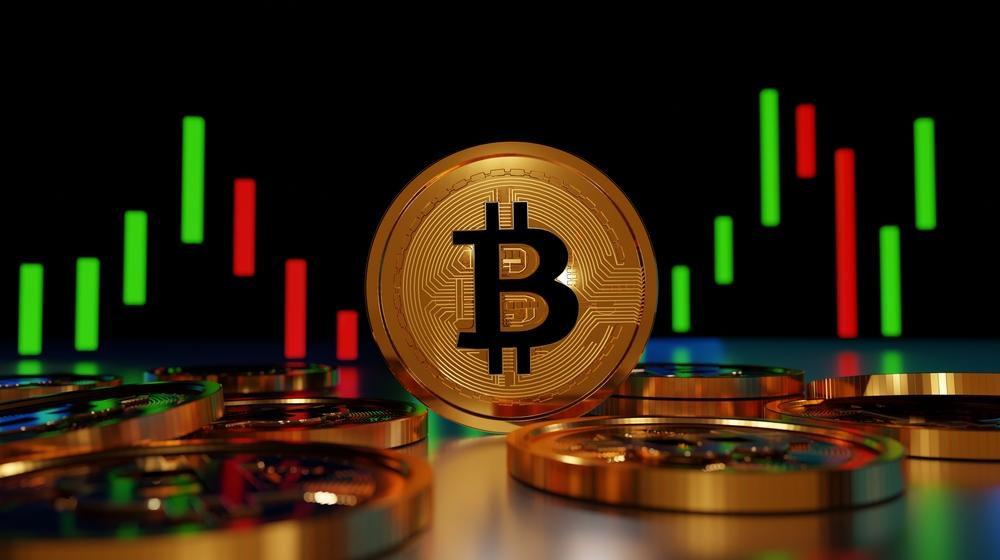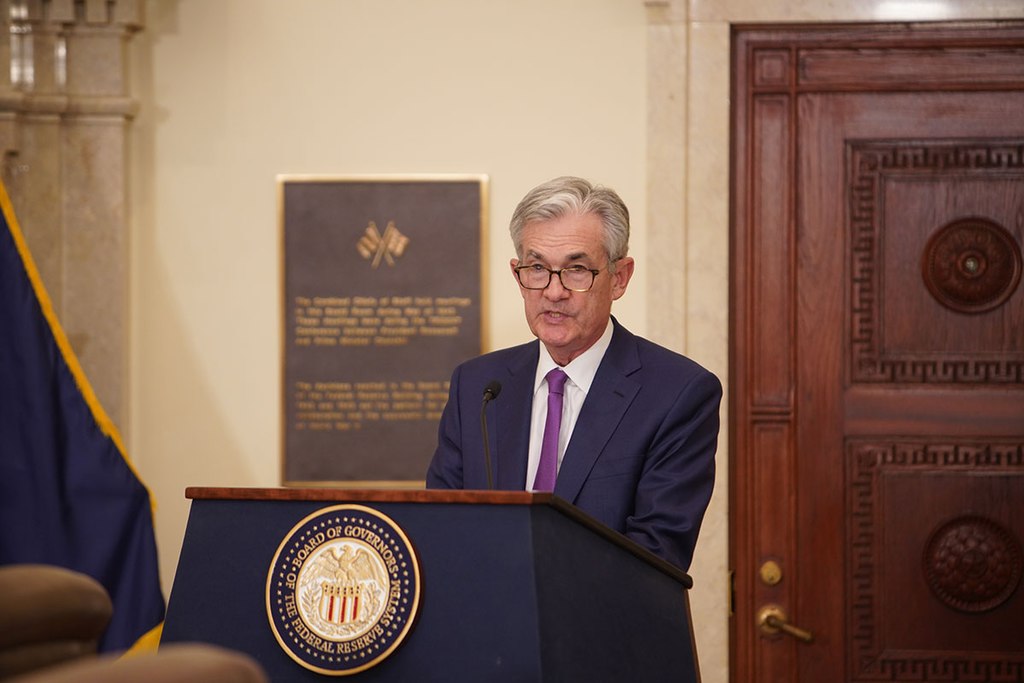Bitcoin’s recent drop below the $90,000 level is not an unexpected shock but a logical continuation of a larger structural decline that has been unfolding for weeks. The market has shown repeated signs of weakening momentum, and the chart’s behavior confirms that this move is part of a broader unwind rather than a sudden anomaly. For traders and investors, ignoring these signals risks misreading the current market environment.
One of the clearest indicators has been velocity. Instead of a dramatic capitulation wick that typically signals panic selling, Bitcoin has experienced a steady, controlled decline. This slow bleed, without meaningful rallies, suggests ongoing distribution rather than bottom formation. Even the brief ascending micro-structure on the daily chart was rejected almost instantly, with every attempted bounce weaker than the last. That type of price action historically aligns with trend continuation, not recovery.
Liquidity patterns support this view. Volume spikes during the latest leg down reflect distribution activity, not a surge of buyers absorbing sell pressure. Spot demand remains insufficient to offset persistent selling, and rising open interest in a declining market often points to traders piling into short positions or long traders being squeezed out. Both scenarios add instability near key psychological levels and rarely foster price recovery.
Technical indicators paint an equally bearish picture. Bitcoin is trading beneath all major moving averages, widening the gaps as momentum fades. The EMA stack was lost weeks ago, layer by layer, without any significant reclaim. Momentum tools like the RSI remain deep in bearish territory, offering no meaningful divergence or reversal signal. In this context, the $90,000 level should not be viewed as support but as another structure that failed under market pressure.
Until momentum shifts, liquidity improves, and technical indicators show genuine reversal strength, Bitcoin’s breakdown remains part of a broader bearish structure rather than a temporary setback.
























Comment 0